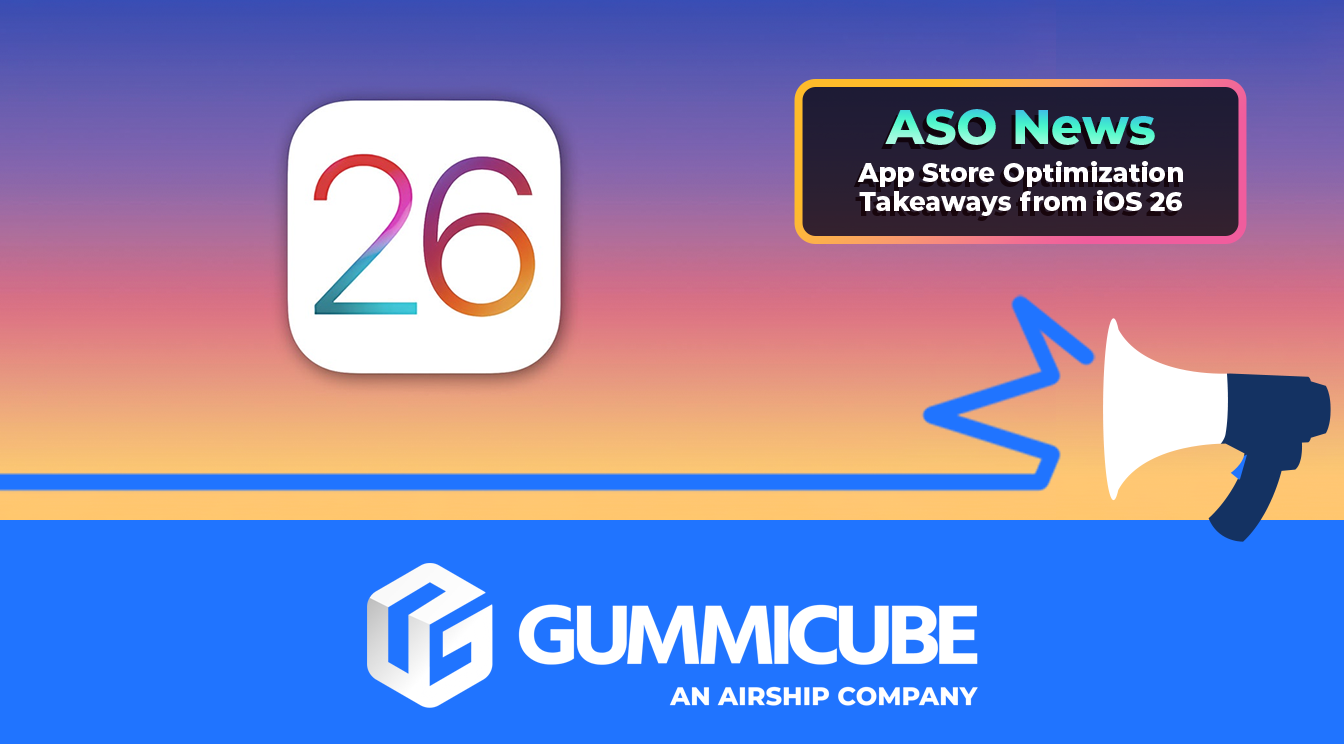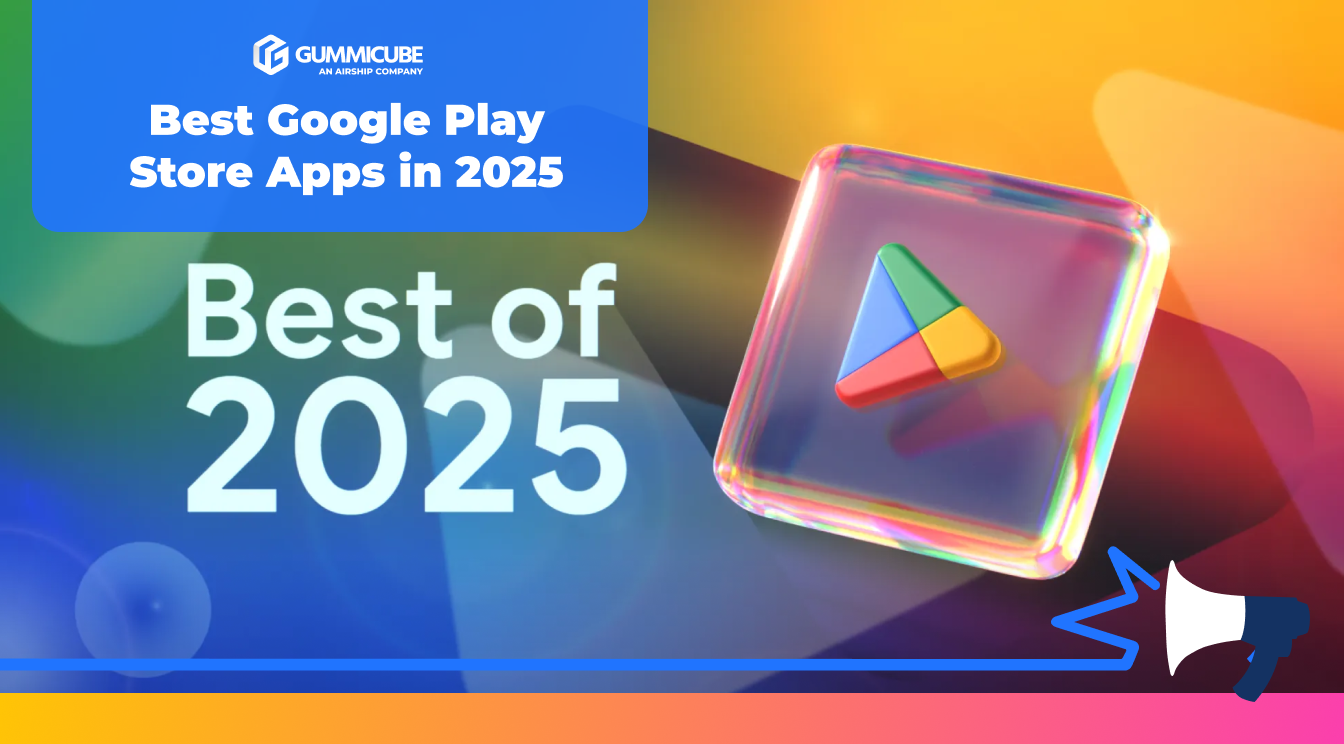
Wake Locks and How it Could Change Your ASO Strategy
Posted on December 5th, 2025
App developers have a limited window to identify wake lock issues, strengthen their performance, & protect their long-term visibility in the Google Play Store.

Recently, we covered the major highlights of WWDC25. Now, we are shifting focus to what app developers and marketers should do next with their App Store Optimization strategies. With iOS 26 officially revealed, the updates Apple introduced may directly impact how you approach and refine your App Store Optimization (ASO) strategy.
In this week’s ASO News, we walk through what app developers need to know. From new display options to new app discovery points, iOS 26 brings subtle shifts that will require your thought and attention. If you want your app to remain competitive in search results, app conversion rates, and Apple’s evolving feature landscape, your team should make specific adjustments.
The introduction of Liquid Glass in iOS 26 does not signal a major shift in how screen sizes function across devices, but it does bring new dynamic and responsive visual behavior that affects how apps are displayed. These layered, semi-transparent effects change how users may perceive app icons, app screenshots, and other creative elements within the App Store and across the system interface. App developers should treat this as a chance to re-evaluate how well their app’s visual assets hold up under these new presentation styles.
While there is no requirement to completely redesign creative assets, the responsiveness introduced through Liquid Glass makes visual clarity and contrast even more critical. Inconsistent rendering, cluttered visuals, or low-contrast icons may appear less polished in these dynamic environments.
Although visual effects like Liquid Glass are happening at the OS level, the appearance of your app on the App Store remains unchanged. Still, these changes can influence user perception, so it is important to follow best practices when preparing creative assets:
Apple continues to move toward more immersive and personalized experiences. Even though layout structures remain the same, the way users view your app in context is evolving. Developers who adapt their visuals accordingly will be better positioned to stand out in a competitive, high-contrast environment.
With iOS 26, Apple has introduced the new Games app, a dedicated destination for players to discover, revisit, and engage with their favorite titles across iPhone, iPad, and Mac. This new app is installed by default on devices running iOS 26, iPadOS 26, and macOS 26 or later, and it introduces additional opportunities for discoverability that developers should take seriously.
Games available on the App Store will automatically appear within the Games app, including in Search, the Library tab, and the Continue Playing section. The app features several key tabs including Home, Play Together, Arcade, Library, and Search. Each tab is designed to surface relevant games through personalized recommendations based on what users are playing and what their friends are enjoying.
Games that incorporate Game Center features or utilize In-App Events are prominently featured throughout the app. This makes it more important than ever to align your app experience with Apple's platform tools in order to increase your chance of furthering your app’s visibility.
From an ASO standpoint, here are the immediate steps to consider:
Although this is a new channel and the long-term impact remains to be seen, Apple is clearly creating more curated environments for specific app types. App developers who respond early and align with the Games app’s structure could stand to benefit from higher conversion rates.
iOS 26 introduces significant upgrades to parental controls, expanding Apple’s commitment to creating safer, more manageable digital environments for families. These enhancements improve how parents manage Child Accounts, increase protections for teens, and give more precise control over app access and communication features.
For app developers, this is more than a safety update. These controls can directly influence your app’s visibility if your metadata, age rating, or in-app content does not align with Apple’s updated family-friendly standards. Apps that fall outside these evolving requirements may be restricted or excluded from age-filtered search results and family-centric placements.
Key updates include:
If your app targets children, families, or younger audiences, this is the time to re-evaluate how it is positioned. Apple’s systems will increasingly rely on declared metadata and usage patterns to determine which apps are eligible for child-facing experiences.
To try and maintain or potentially improve app visibility under these changes, app developers should:
These changes may reduce exposure for non-compliant apps, but they can also create an opportunity for well-prepared apps to potentially gain visibility in highly curated family and youth segments of the App Store.
App Intents expose app functionality to a wider audience, making it easier for users to discover and utilize features from various system locations. With iOS 26, Apple has expanded this framework to include visual intelligence support, allowing apps to surface relevant content directly within the system’s visual search experience. This opens new potential touchpoints for user engagement outside the App Store itself.
The framework also connects with other areas of the system, including context-aware Action Buttons, interactive widgets, automation via Shortcuts, and quick controls in Control Center. These system integrations give users more entry points into your app’s functionality, even if they have never opened the app before.
From an ASO perspective, developers should think beyond the store listing and consider how their app’s core features are accessed throughout the Apple ecosystem. These surface-level interactions may influence re-engagement, app usage patterns, and long-term retention.
A critical component of making App Intents work effectively is deep linking. While intents act as system-level triggers for specific actions, deep links serve as the pathway—URLs that point users to specific screens or experiences inside your app. Ensuring these links are functional and relevant is essential for delivering a smooth experience from search, Siri, widgets, or other system features..
While the direct impact on ASO rankings is still evolving, these newer integrations signal a shift toward the push for broader, more embedded app discoverability. Apps that prepare their strategy for that reality will be better positioned as Apple continues to emphasize personalization and intent-driven experiences.
iOS 26 is not a dramatic overhaul, but the subtle shifts it introduces will have real consequences for app visibility, discoverability, and user engagement. Each change, whether it is the Liquid Glass interface, the new Games app, enhanced parental controls, or App Intents, carries unique demands for developers and ASO teams.
To stay ahead, you should already be:
As with every iOS release, apps that prioritize adapting early on, A/B test proactively, and do their best to position their apps strategically have a better chance at benefiting in the App Store.
Now is the time to strengthen your ASO strategy. Taking action early can lead to long-term gains, especially as Apple moves further toward intent-based app discovery, privacy-focused features, and personalized app designs.
For those looking to elevate their ASO strategy, iOS 26 offers a clear invitation to do so. If you need help navigating these updates or would like more support in running mobile app A/B tests on new icon and screenshot formats, our team is here to help.
Reach out to Gummicube today and let’s talk about how to align your app listing with the direction Apple is heading. Together, our ASO Services can help to set your app up for long-term success.

App developers have a limited window to identify wake lock issues, strengthen their performance, & protect their long-term visibility in the Google Play Store.

Developers should focus on regular ASO, A/B testing, and clear communication of an app's value as LLMs learn and recommend apps based on queries.

The Google Play Best of 2025 winners highlight a diverse digital landscape. But even the most exceptional apps can struggle without a data-driven ASO.